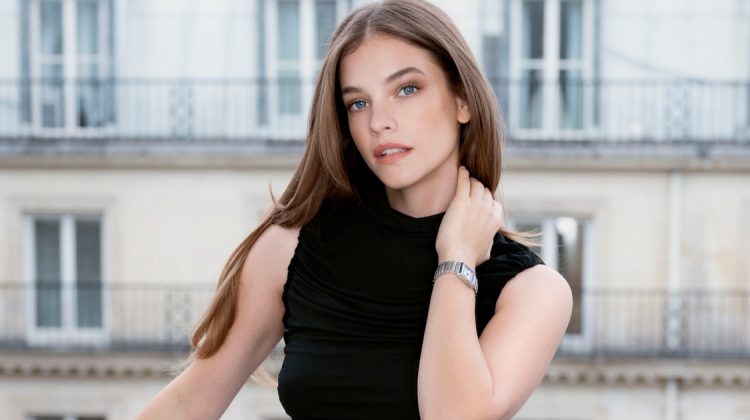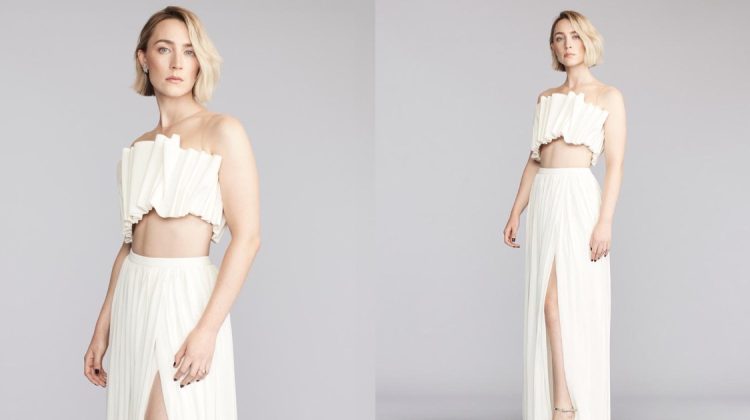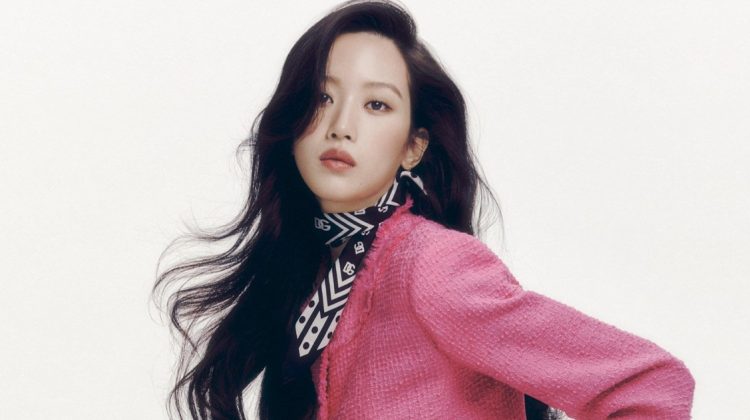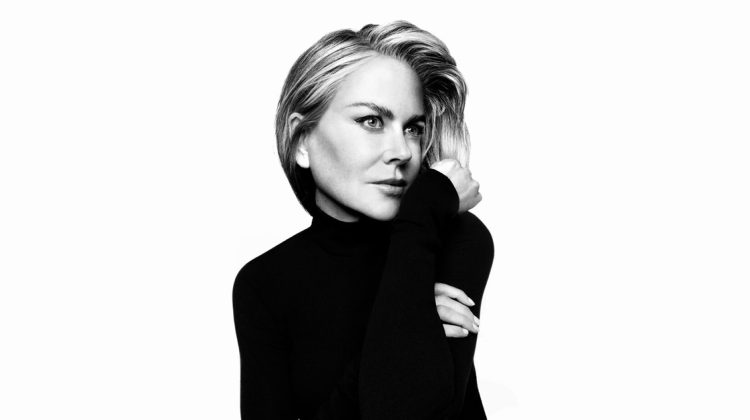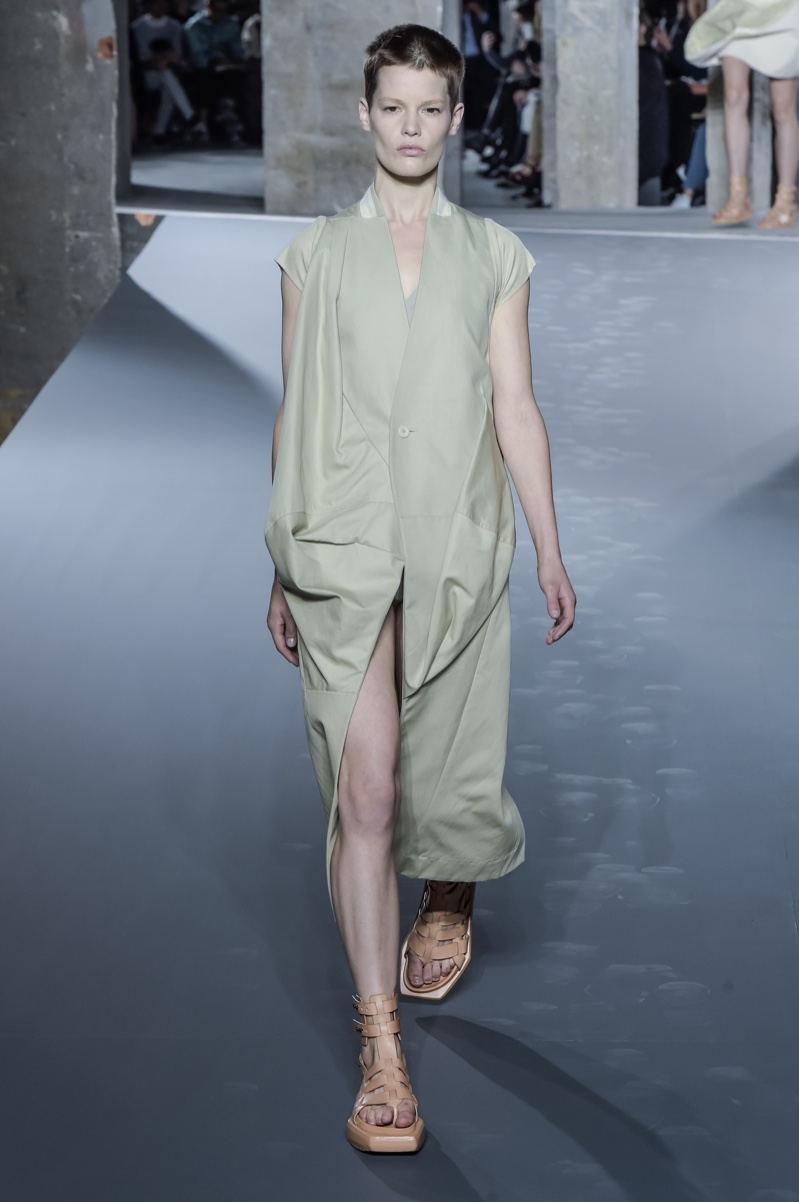
Fashion Week is, of course, when designers present their new collections to the world and with that their interpretations of the trends for the coming seasons. Except this time things were different. The runways of recent have been distinctly more androgynous than we have seen before. In fact, this new movement goes beyond androgyny, which implies clothing that is somewhat gender-neutral. Designers like Rick Owens and Rad Hourani have been designing genderless fashion for years, but the latest collections from more traditional fashion labels like Gucci and Prada have seen gender-neutral clothing arrive in mainstream fashion. Even high street giant Zara recently launched an ungendered line, following in the footsteps of the department store Selfridges, whose Agender line spreads across three floors of the London flagship location.
This development is more than a trend; it is evolution. The emergence of genderless clothing in collections of high-end and high street alike, mirrors a growing current towards a non-binary view of gender. With an increase in the visibility of gender non-conforming or transgender individuals in the media, it is becoming more obvious that we are outgrowing the traditional, rigid gender roles. More and more transgender or gender-fluid individuals are claiming their place in the public sphere, from Orange is the New Black actress Laverne Cox to Andreja Pejic, who was the first self-described formerly male model “living between genders” to be on the FHM Sexiest Women list in 2011. The message is clear: we are ready for a less black and white vision of gender and fashion.

Clothing that is specifically male or female is a relatively new and largely Western-centric phenomenon. Previously, the main distinction made by clothing referred to social class, rather than gender. The Ancient Romans wore tunics, in Japan the Kimono was belted at the waist with a sash by both men and women and the sarong was the garment of choice in Southeast Asia. Then colonialism spread Western styles across the world, covering its image in heavily gendered dress.
Although awareness and tolerance for non-gender conformity is on the rise, there is undeniably still a long way to go before the average consumer is ready for genderless clothing, which still remains largely relegated to the runway. The fashion industry, much like the rest of our society, is driven by categories: high-end, high street, casual, formal, men’s and women’s. While juxtaposing masculine and feminine, a man’s watch like these options on a dainty female wrist, has been a fashion trend that has come and gone several times, to assimilate and conflate male and female would take a real shift in attitude away from the need to fit everything into these tidy categories.
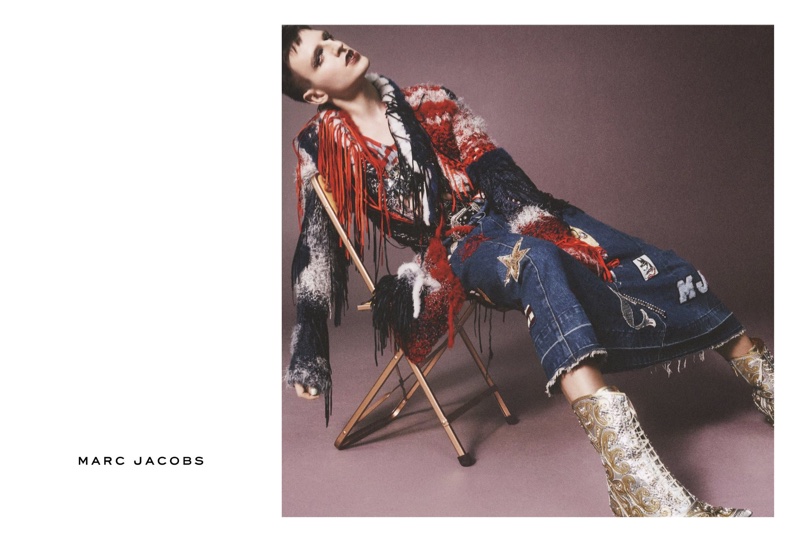
However, the underlying desire of genderless fashion is not to completely merge the sexes into one homogeneous mass though, but rather to eradicate the boundaries that limit us in what we choose to wear. Particularly men, whose fashion choices have remained rather stuck for some time, seem to be interested in exploring other options. It is clear that individuality is finally taking precedence over what is culturally appropriate.
Fashion is a great insight into the mentality of a time and place. From looking at what was worn during a certain period, we can begin to understand the desires, feelings and mentality of the people. The Paris fashion week spring trends and genderless clothing in particular convey a strong sense that we live in a time of longing for a more expressive, open and inclusive future. Perhaps fashion does not seem like a particularly revolutionary method of expression to some, but in truth it is symptomatic of the underlying societal currents. So why not start there?
